Here’s an easy summertime favorite: no-bake lemon cheesecake. This dessert recipe is a perfect finale to the BBQ dinner.
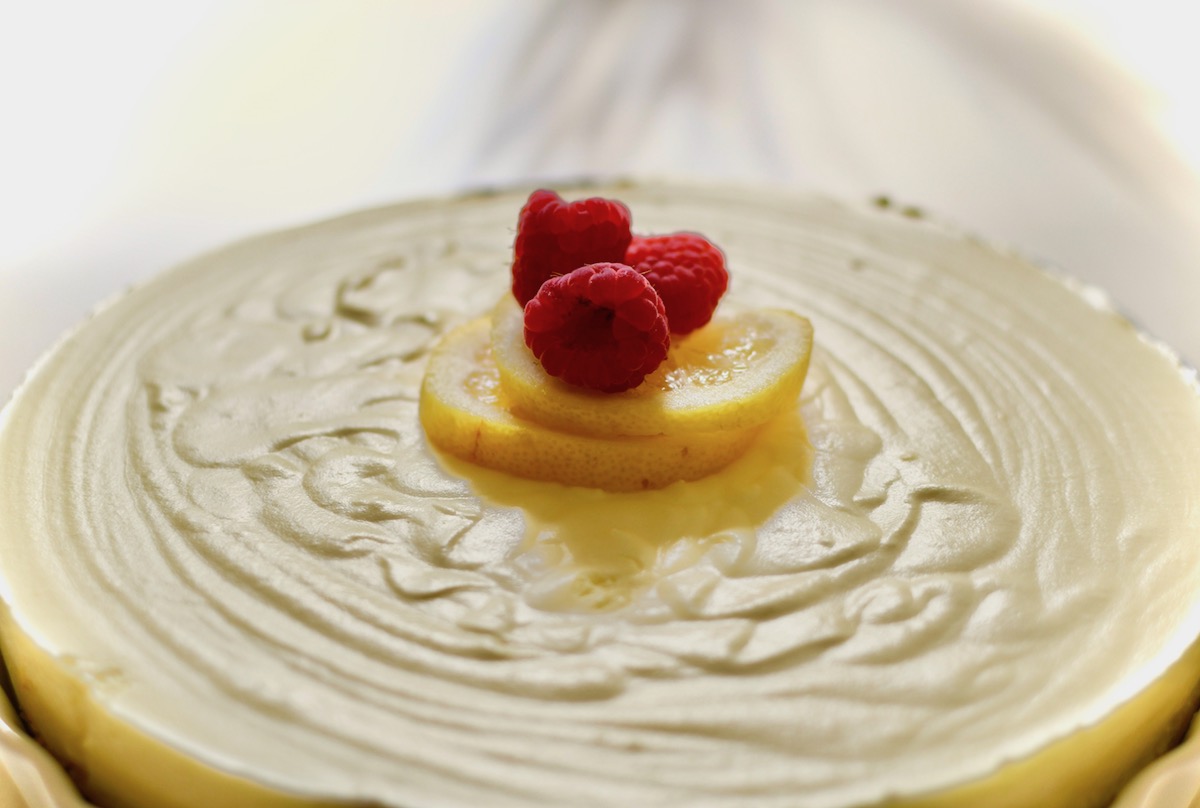

Here’s an easy summertime favorite: no-bake lemon cheesecake. This dessert recipe is a perfect finale to the BBQ dinner.
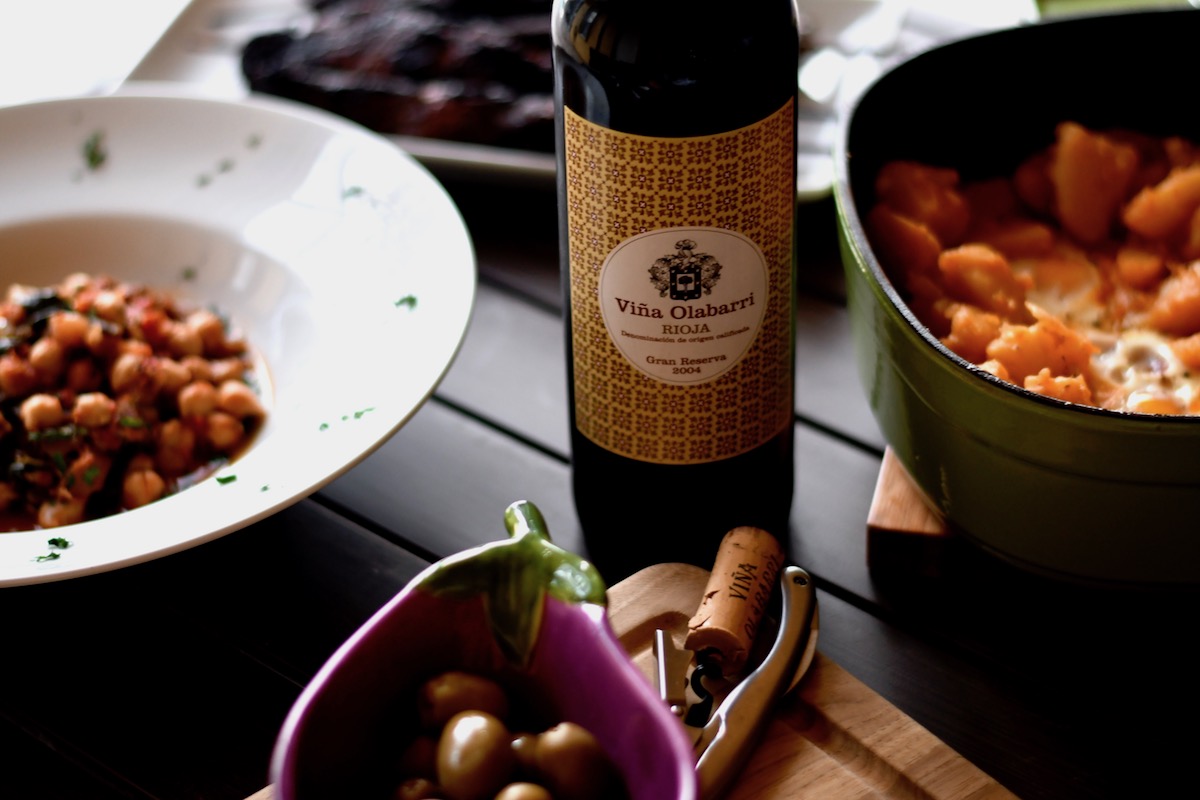
Check out two easy Spanish tapas recipes and some insight about a Rioja Tempranillo wine and preparing for test time.
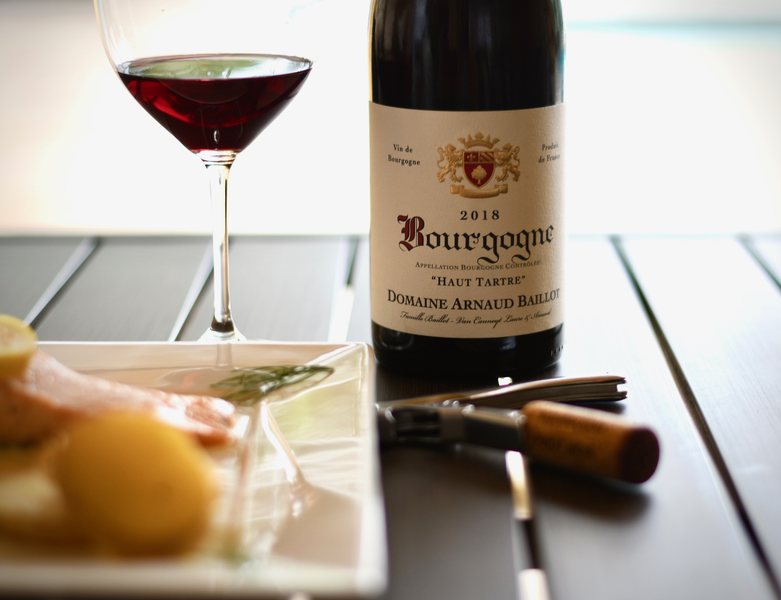
Thinking in Reverse Today, I’m going to talk about how a delicious French Pinot Noir inspired me to make Broiled Salmon with Beurre Blanc. Be forewarned that if you’re counting calories, this…
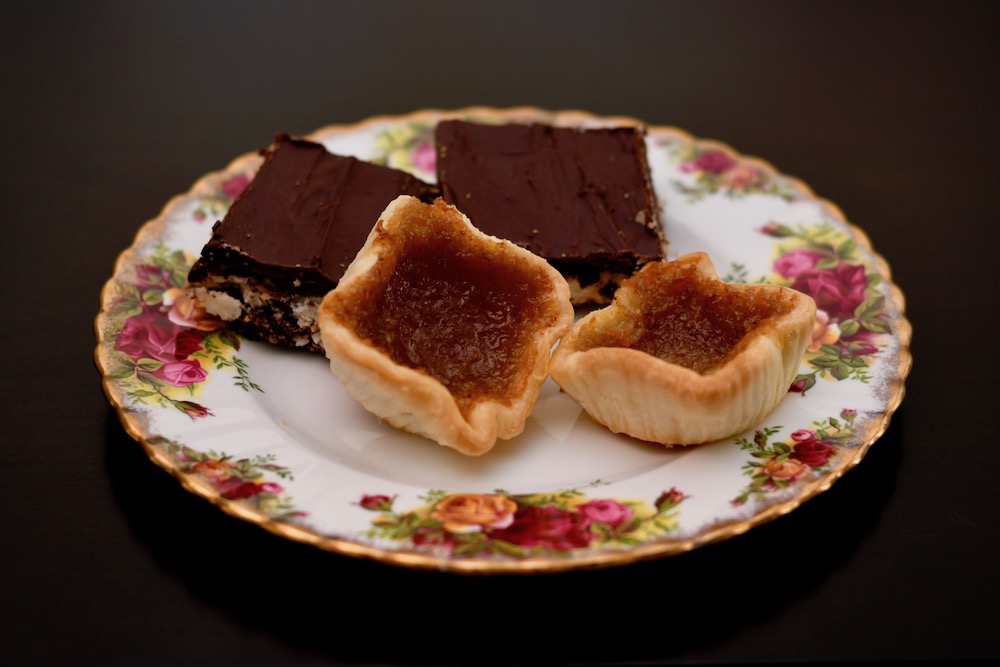
Recipes for two of my favorite Canadian desserts: Nanaimo Bars and Butter Tarts. Read the reason why I blog and how it’s help me overcome loss.
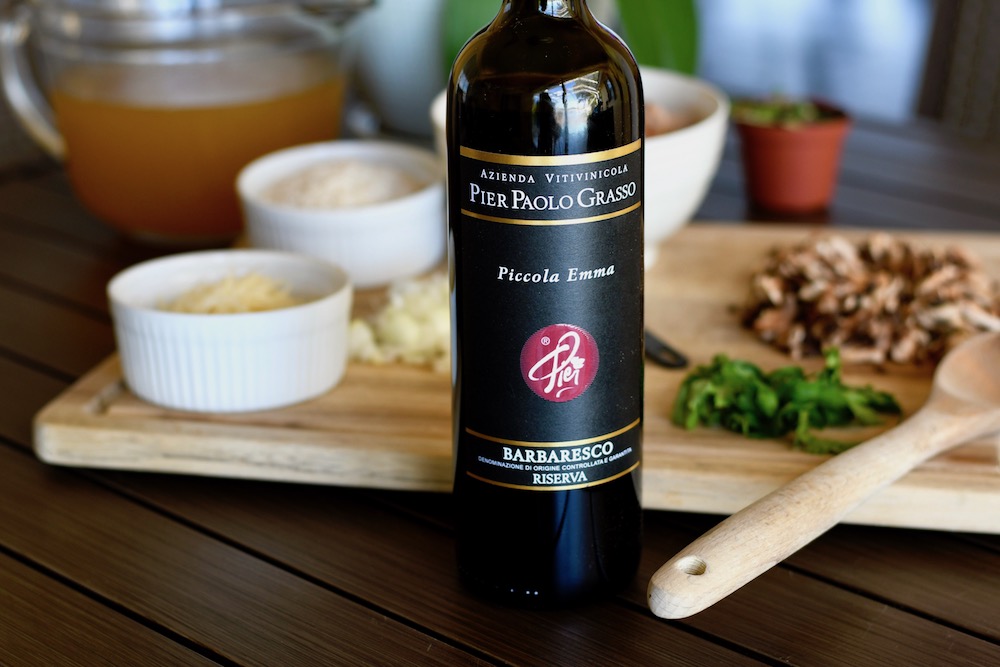
Virtual Travel to a Piemonte vineyard is the perfect way to escape from pandemic-related bad dreams. Enhance your daydreams and enjoy a wine pairing lunch with Barbaresco wine and Risotto with Sausage.
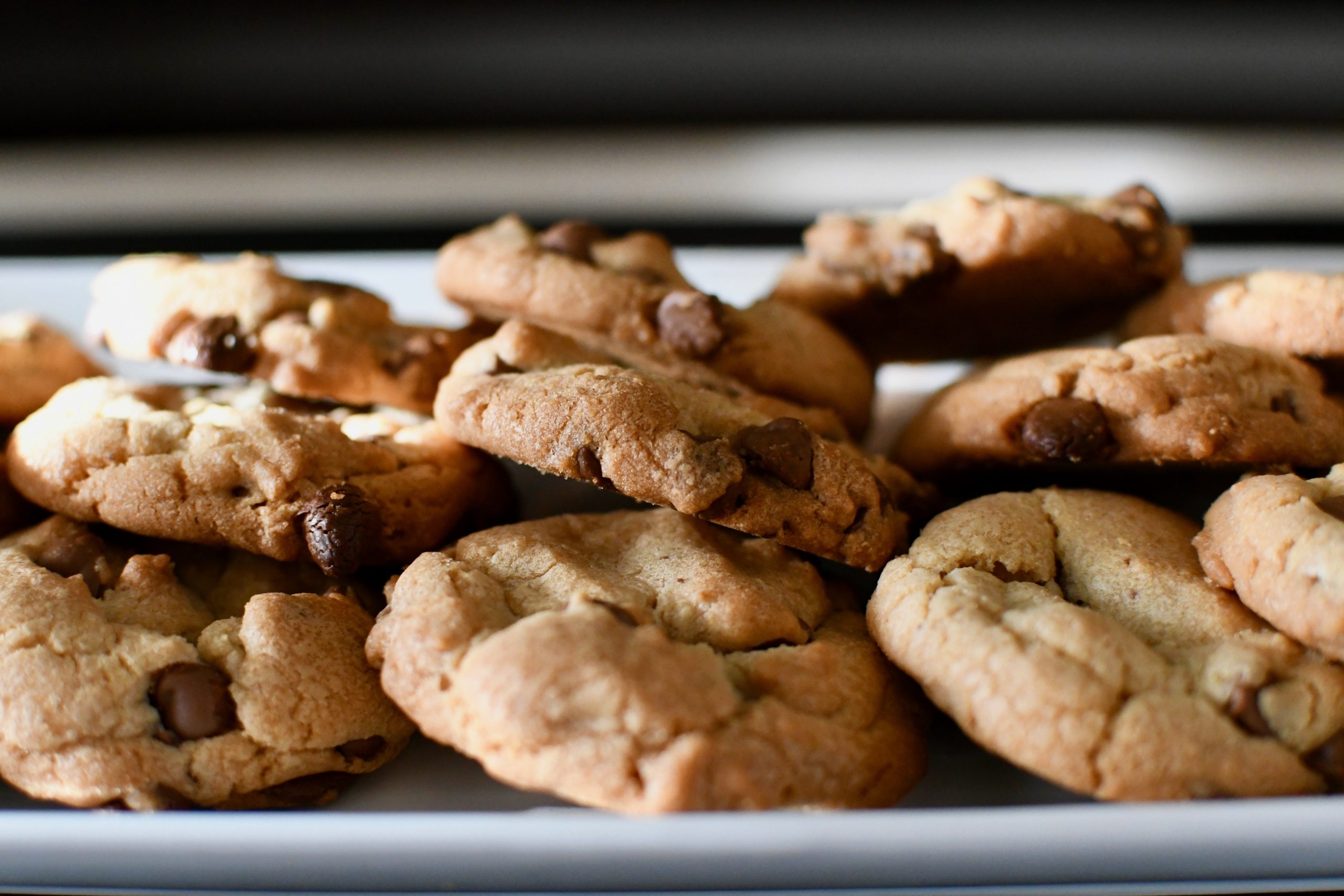
Fast and easy recipe for chocolate chip cookies and the history of this favorite sweet treat. Plus, while staying at home, life seems to be crumbling apart, I’ve added links to some crisis hotlines and mental health resources.
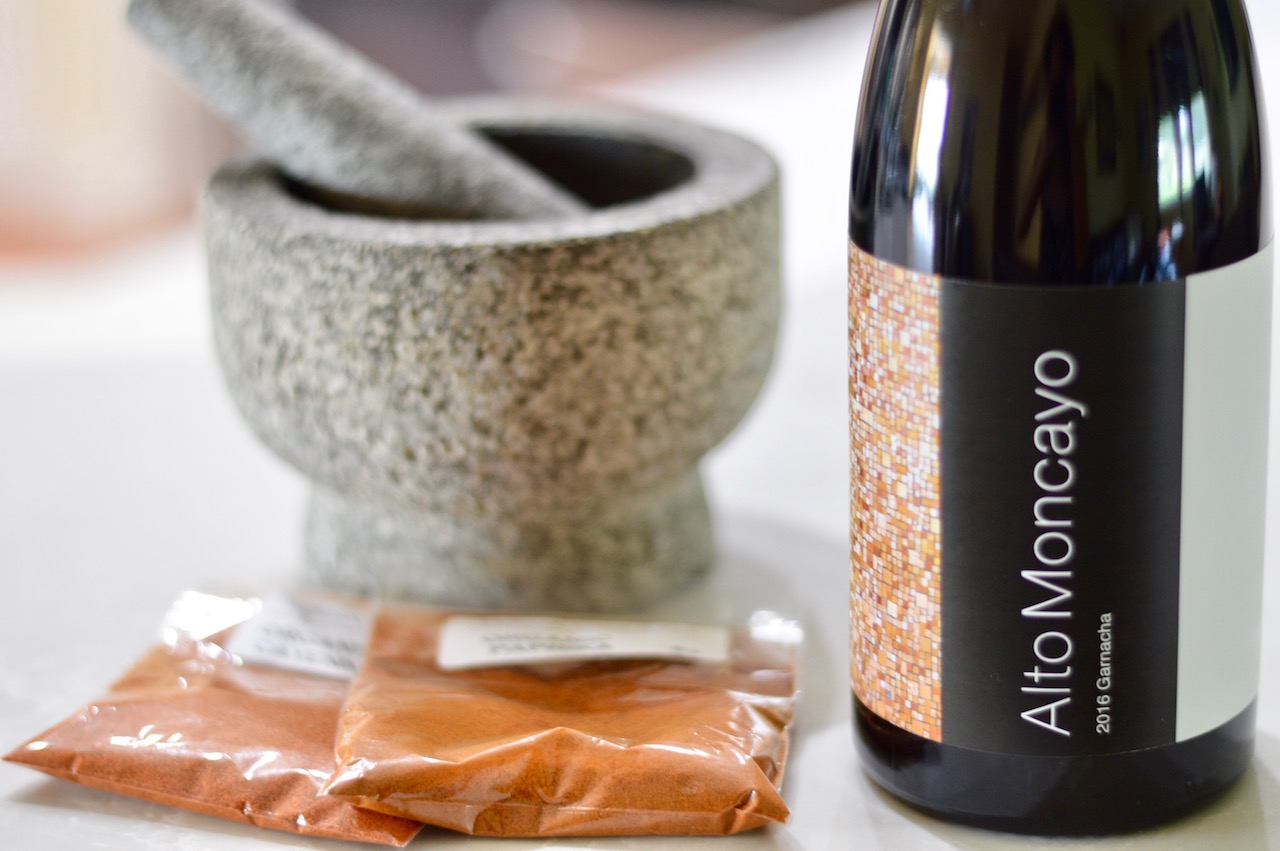
Once again, I’m taking #MyArtEscape overseas! What better way to prepare for a trip to Spain than to dive into the pot and uncork some knowledge? Ole! I’m not sure which came…

It’s 81°f (27.22°c) in South Florida. With heat on the rise, my palate is definitely springing forward – grilling and chilling with a glass of rosé in my hand and swapping out…